#archaeology and ancient history
Text




One year ago today, Richard received his honorary doctorate from the University of Leicester.
#richard armitage#graduating#archaeology and ancient history#university of leicester#leicester law school#school of museum studies#leicester#england#uk#one year ago today#july 2022
78 notes
·
View notes
Text
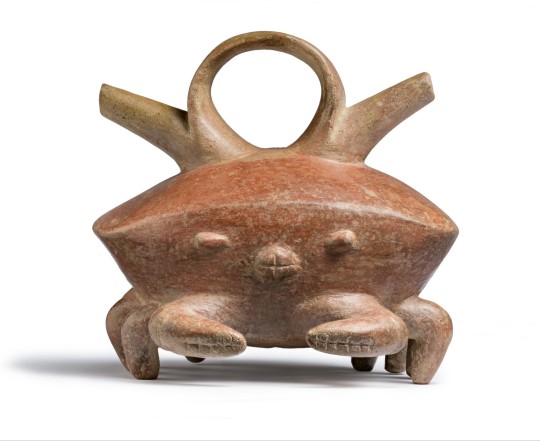

~ Crab Vessel with Double Spout.
Place of origin: Colombia, Calima Region
Period: Ilama Period
Date: 1500 B.C.-A.D. 100
Medium: Ceramics
#ancient#ancient art#history#museum#archeology#ancient history#archaeology#ancient pottery#pottery#south america#crab#crab vessel#calima#Colombia#pre columbian#Ilama Period#1500 b.c.#a.d. 100
16K notes
·
View notes
Text

2,300-Year-Old Plush Bird from the Altai Mountains of Siberia (c.400-300 BCE): crafted with a felt body and reindeer-fur stuffing, all of which remains intact
This artifact was sealed within the frozen barrows of Pazyryk, Siberia, for more than two millennia, where a unique microclimate enabled it to be preserved. The permafrost ice lense formation that runs below the barrows provided an insulating layer, preventing the soil from heating during the summer and allowing it to quickly freeze during the winter; these conditions produced a separate microclimate within the stone walls of the barrows themselves, thereby aiding in the preservation of the artifacts inside.
This is just one of the many well-preserved artifacts that have been found at Pazyryk. These artifacts are attributed to the Scythian/Altaic cultures.
Currently housed at the Hermitage Museum.
#archaeology#anthropology#history#artifact#artifacts#siberia#scythians#archeology#museum#amazing#interesting#stuffed animals#ancient history#prehistoric#crafting#felt art#art#prehistoric art#hermitage museum#human nature
45K notes
·
View notes
Text
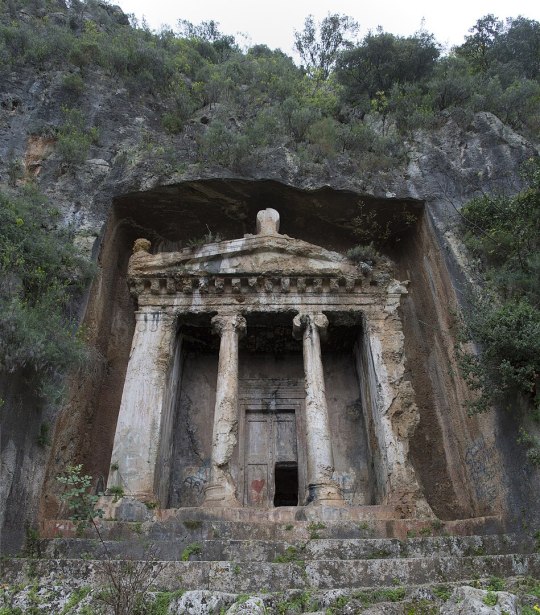
4th Century Lycian Tomb in Fethiye Turkey
2K notes
·
View notes
Text
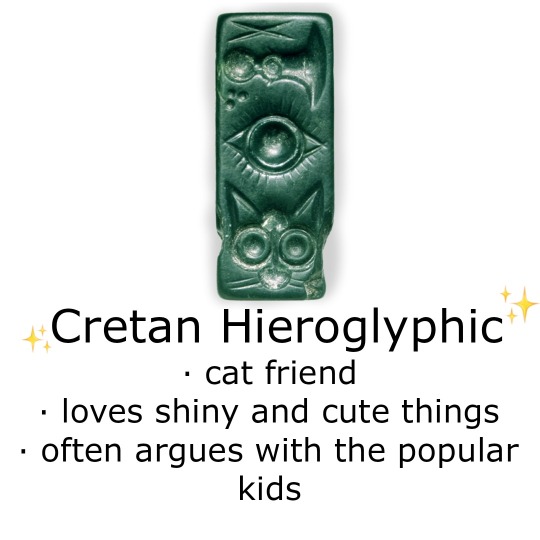






✨ tag yourself ✨ but with Aegean Scripts! Mainly Bronze Age, with a sprinkle of Iron Age (Cypriot Syllabary).
#tagamemnon#ancient greece#crete#minoan#scripture#history#classics#bronze age#cretan hieroglyphic#linear a#phaistos disc#linear b#cyprominoan#cypriot Syllabary#arkalochori axe#archaeology#tag yourself
3K notes
·
View notes
Text
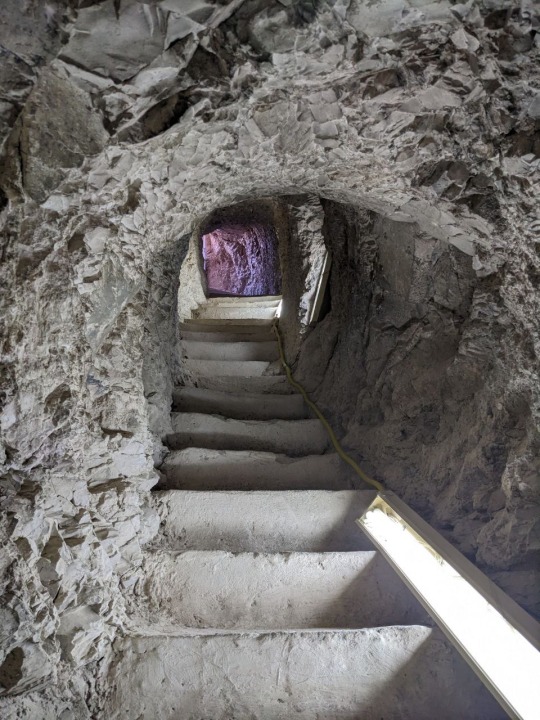
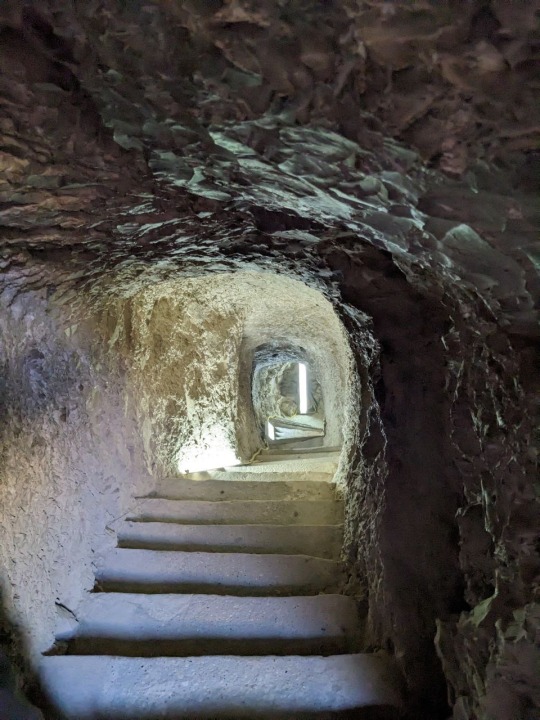

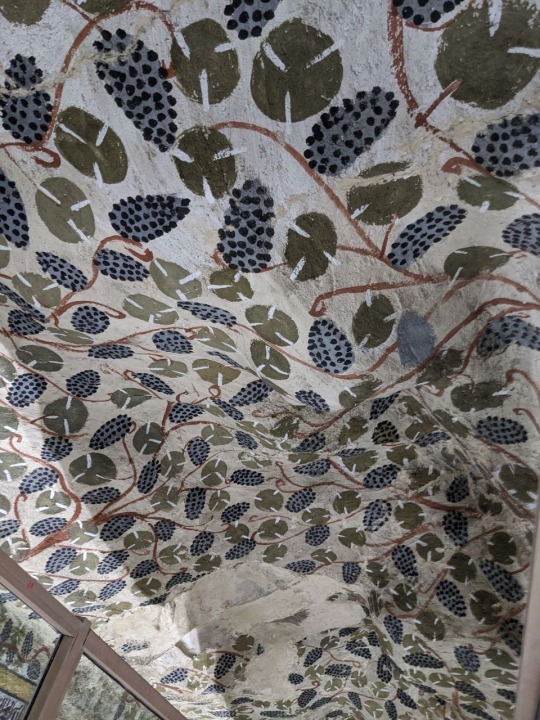


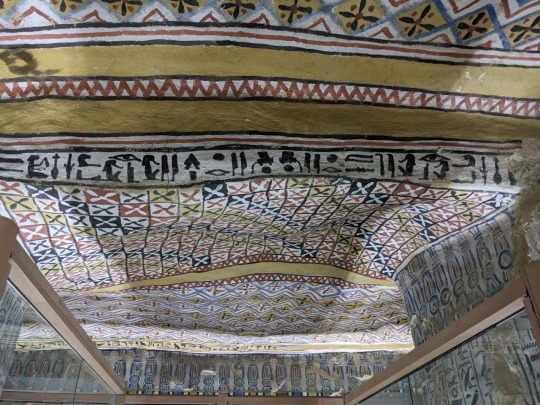
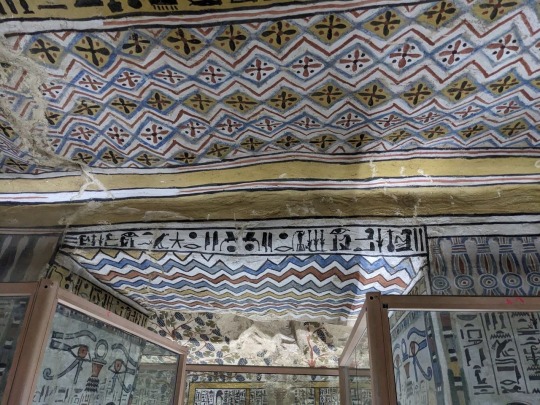
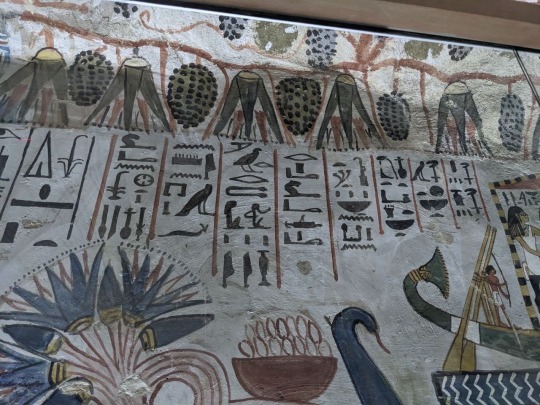

Ceiling and imagery of the Tomb of the Vineyards, burial of Sennefer, Mayor of the Southern City, Thebes, during the 18th dynasty of Egypt.
Photos taken by me, August 2023
It’s hard to tell which way is up and down when walking through the tunnel leading from the surface into the tomb. Before entering the main chamber there is a small antechamber whose ceiling is quite low, and then a shallow arch which leads to the main room depicted in the above photographs. Both chambers contain a good deal of paintings, however the main chamber holds the most numerous and well preserved paintings, of course. Besides the ceiling, everything is encased in glass.
#ancient egypt#egyptian mythology#egyptian hieroglyphs#egyptian art#ancient history#egyptian gods#egyptology#hieroglyphs#archaeology#egyptian history#egypt
2K notes
·
View notes
Text
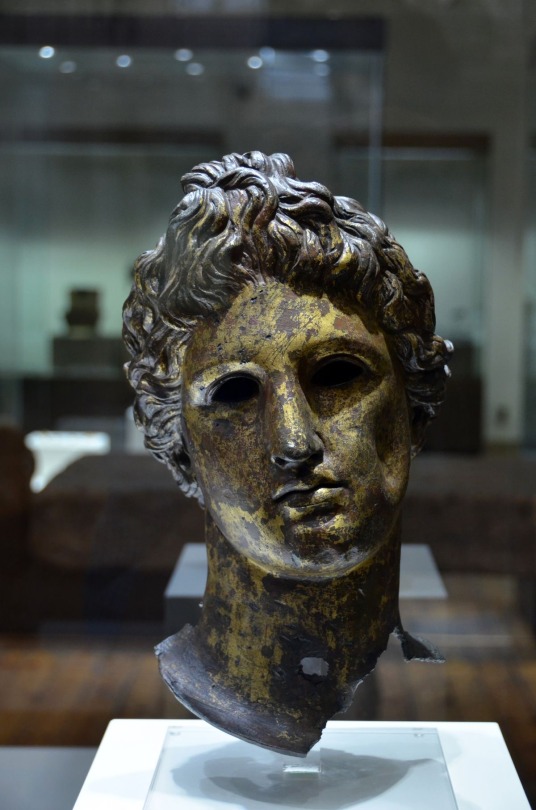
Roman period Head of Apollo
#apollo#ancient rome#art#gods#roman#roman mythology#religion#history#europe#european#thrace#thracian#serdica#serdika#sofia#bulgaria#archaeology#bulgarian#museum#olympian#deity#deities#greek mythology#mythology#olympians
3K notes
·
View notes
Text
3K notes
·
View notes
Text

Temple of the Feathered Serpent, Quetzalcoatl, at Teotihuacán, Mexico. Active approximately 1st to 7th centuries CE.
📸 by me.
#teotihuacan#classics#ancient world#ancient history#history#art history#archaeology#dark academia#world history#architecture#Mexico
2K notes
·
View notes
Text
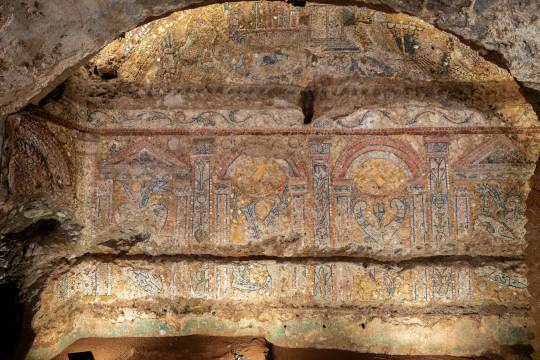
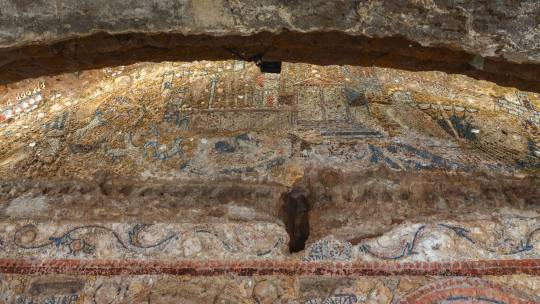
‘Incredible’ Mosaics Were Found in an Ancient Luxury Home in Rome
Italy’s Culture Minister Gennaro Sangiuliano has called the works “an authentic treasure.”
Researchers working in the Archaeological Park of the Colosseum in Rome have shared their discovery of luxurious mosaic-tiled rooms found in an ancient home on the site, which they believe may have belonged to a Roman senator. Created from shells, glass, white marble, and Egyptian blue tiles, the mosaics have been described by Italy’s Culture Minister Gennaro Sangiuliano as “an authentic treasure”.
The “rustic” mosaics, found on the grounds surrounding the Colosseum in the heart of the city, date to the late Republican Age, in the last decades of the second century B.C.E., and show a series of figurative scenes. They once decorated a townhouse, or domus, owned by an upper class citizen. Italy’s Ministry of Culture have said that “due to the complexity of the scenes depicted” and their age, the mosaics are “without comparison.”

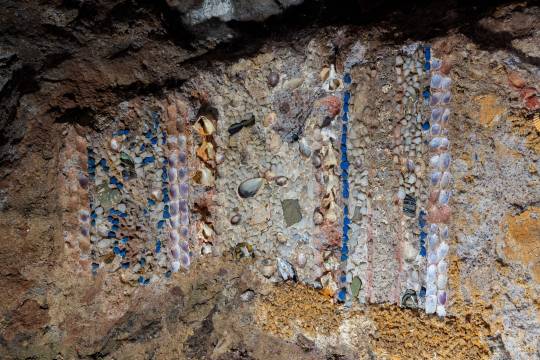

One mosaic depicts a coastal city with towers and porticos, with three large ships floating by on the ocean waves. The culture ministry believes this could be a reference to naval victories achieved by the owner of the home, which is believed to have been a Roman senator. This is supported by historical sources describing the area as having been occupied by such high-ranking members of society.
The decorated walls were likely located in the home’s dining rooms, where luxurious banquets would be hosted, and guests at these events were likely wowed with “spectacular water games,” according to the culture ministry, based on the presence of lead pipes set into the walls.
In the reception room, an extremely well preserved decorated stucco featuring landscapes and figures was also discovered. Other designs include vines and lotus leaves flowing from vases, musical instruments, and tridents.

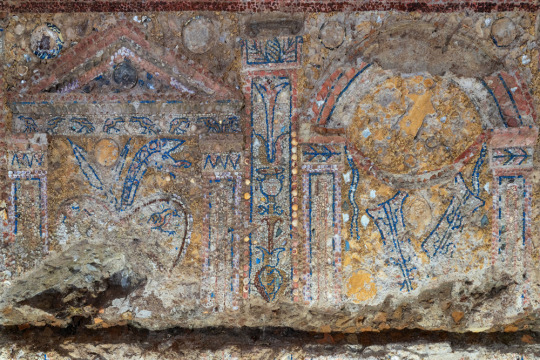

The mosaic walls were first discovered near the Colosseum in 2018, but excavation at the site will continue into 2024, and more rooms could be discovered. Alfonsina Russo, the Director of the Archaeological Park of the Colosseum, has said that once the domus is full uncovered, “we will work intensely to make this place, among the most evocative of ancient Rome, accessible to the public as soon as possible.”
By Verity Babbs.
#‘Incredible’ Mosaics Were Found in an Ancient Luxury Home in Rome#Archaeological Park of the Colosseum#Late Republican Age#second century B.C.E.#mosaic#roman mosaic#ancient artifacts#archeology#archeolgst#history#history news#ancient history#ancient culture#ancient civilizations#ancient rome#roman history#roman empire#roman art
1K notes
·
View notes
Text
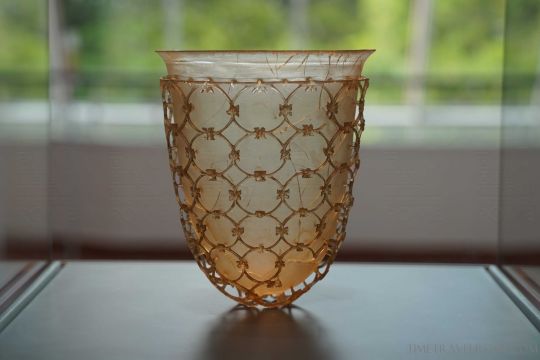
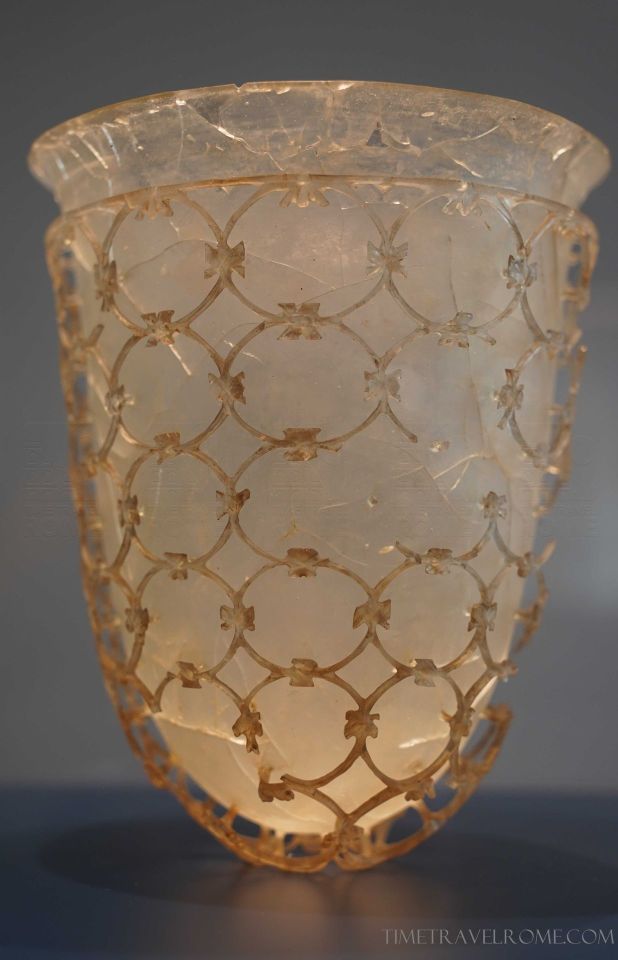
"Cage cup", or a diatretum – a luxury late Roman glass vessel, found from roughly the 4th century. Today, some 60 fragmentary diatreta are known today, 19 of which are almost complete. This piece, was found in 1950 in the sarcophagus in Niederemmel, near Trier, Germany.
Diatreta consist of an inner beaker and an outer cage that stands out from the body of the cup, to which it is attached by short stems. This exemplar is part of the Trier Landesmuseum permanent collection.
The manufacturing technique must have been laborious, but it's still a mystery: either the inner beaker and the cage were made separately and heat-soldered, or the whole assembly was chiselled from a single block of glass.
The majority of finds of diatreta are from Roman sites along the Rhine, suggesting that they were produced in the area, perhaps at Trier. This was the largest city of Roman Germany and the main residence of Constantine I for many years, coinciding with the period when the cups seem to have been made.
Photos and text by Time Travel Rome
772 notes
·
View notes
Text

University of Leicester
#richard armitage#graduating#archaeology and ancient history#university of leicester#leicester law school school of museum studies#leicester#england#uk#july 2022#post#tweet#twitter#news
13 notes
·
View notes
Text

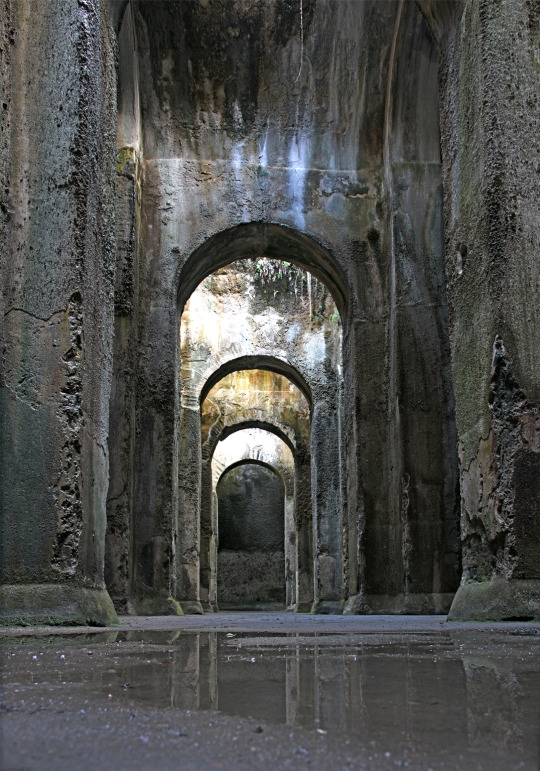

~ Piscina Mirabilis.
Date: Second half of 1st century B.C.
Place of origin: Naples, Piscina Mirabilis
(Napoli, Piscina Mirabilis)
#ancient#ancient art#history#museum#archeology#ancient history#archaeology#Piscina Mirabilis#naples#architecture#1st century B.C.
3K notes
·
View notes
Text



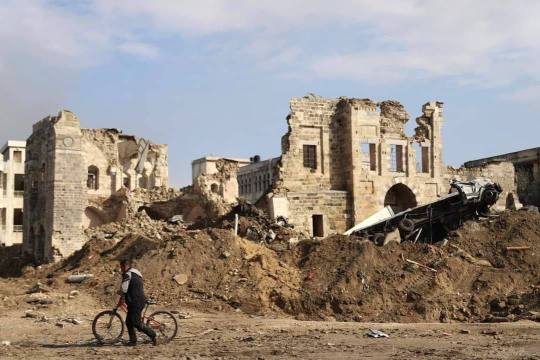

I remember when my high school history teacher once said (a long time ago, I'm old) that the US bombed and destroyed sites [some not even fully explored] of Ancient Mesopotamia (which is now mostly centred around modern-day Iraq), and that everything they did/were doing is unconscionable. For those who don't know Ancient Mesopotamia is considered to be the birthplace of writing, is where the world's first cities were developed (among many other things, of course). I couldn't help but think of this, and it's just frustrating and heartbreaking to see.
These violent imperialistic and settler regimes have nothing but erasure and obliteration of communities in their minds because that is what they want -to eradicate and dehumanize the spaces they are invading/striking. There is NEVER a coincidence of doing something as heinous as this. These spaces are sacred and important parts of civilizations in so many ways. Mercilessly bombing, bulldozing through, and breaking them down speaks volumes about the aggressors. The IOF must be stopped. The occupation must end.
#feminist#feminism#social justice#free palestine#palestine#freepalastine🇵🇸#free gaza#settler colonialism#settler violence#colonialism#colonial violence#us imperialism#ancient mesopotamia#history#archaeology#end the occupation#ceasefire now#current events
880 notes
·
View notes
Text
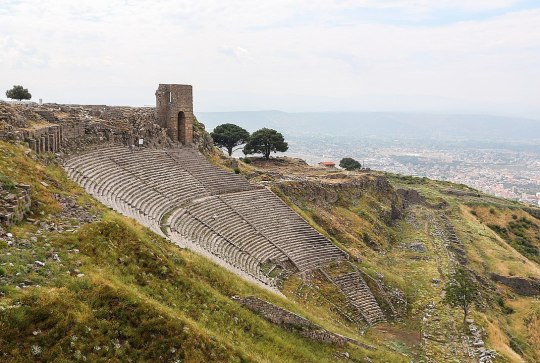
The Hellenistic Theater of Pergamon, Bergama, Turkey.
2K notes
·
View notes
Text
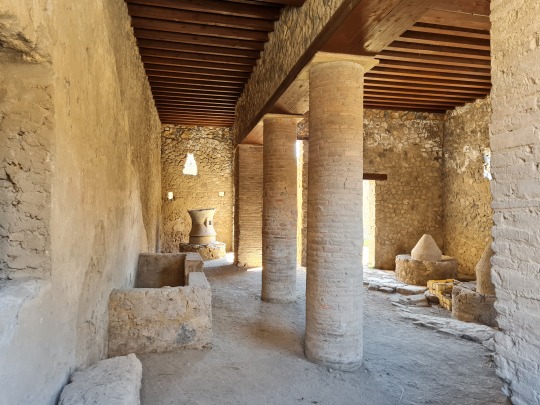

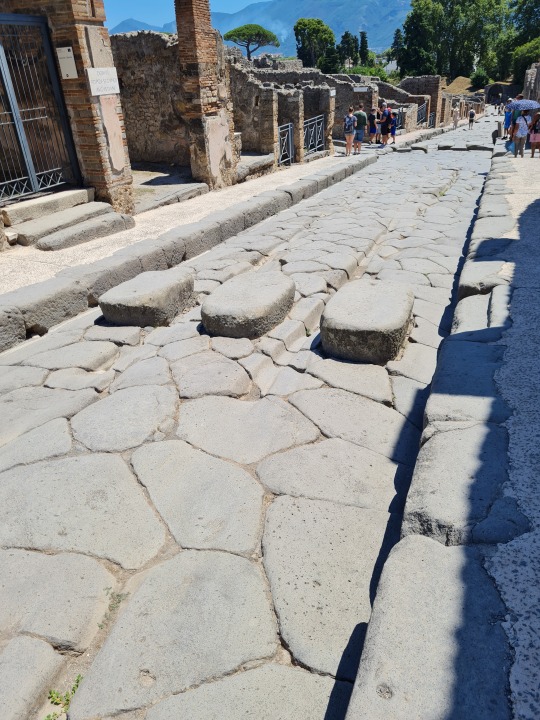

The ancient city of Pompeii, Italy
On the first photo is the bakery of Sotericus.
On the last photo you can see clay pots built into countertops in the taberna.
#pompeii#ancient rome#antiquity#archaeology#ancient history#ancientmonuments#history#culture#architecture#travel#traveling#travel photography#travel destinations#art#roman architecture#roman archaeology#photography#photographers on tumblr#italy#mediterranean#italytravel#italia#explore#wanderlust#ancient ruins#places to visit
624 notes
·
View notes